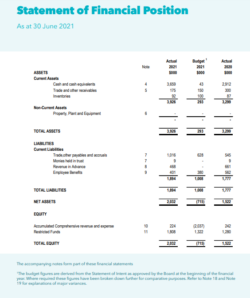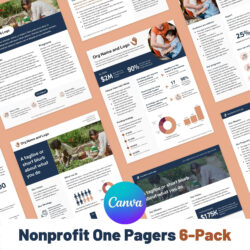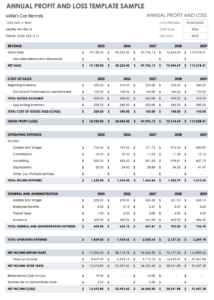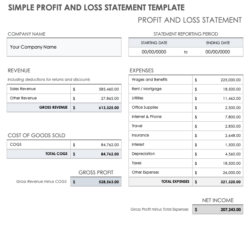A balance sheet for a non-profit organization is a financial statement that summarizes its assets, liabilities, and net assets at a specific point in time. It provides a snapshot of the organization’s financial health and is used by various stakeholders, including donors, creditors, and management, to assess its financial position. Creating a balance sheet for a non-profit organization can be a complex task, but using a template can simplify the process and ensure that all necessary information is included.
Balance sheets for non-profit organizations typically include the following sections: assets, liabilities, and net assets. Assets are resources owned by the organization, such as cash, investments, and property. Liabilities are debts owed by the organization, such as loans, accounts payable, and deferred revenue. Net assets are the difference between assets and liabilities and represent the organization’s ownership equity.
Understanding the Balance Sheet
The balance sheet is an essential financial statement for non-profit organizations because it provides a comprehensive overview of their financial position. It can help organizations track their financial performance over time, identify trends, and make informed decisions about their operations. By understanding the balance sheet, organizations can ensure that they are managing their resources effectively and meeting their mission.
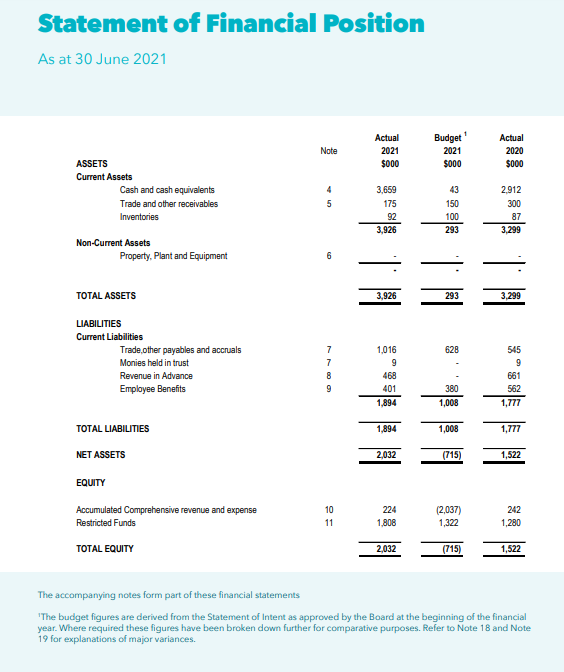
Assets are typically classified as current or non-current. Current assets are those that can be easily converted into cash within one year, such as cash, accounts receivable, and inventory. Non-current assets are those that cannot be easily converted into cash within one year, such as property, equipment, and investments.
Liabilities are also classified as current or non-current. Current liabilities are those that are due within one year, such as accounts payable, short-term loans, and accrued expenses. Non-current liabilities are those that are not due within one year, such as long-term loans, bonds, and deferred revenue.
Net assets are the difference between assets and liabilities. Net assets can be further classified as unrestricted, temporarily restricted, or permanently restricted. Unrestricted net assets can be used for any purpose, while temporarily restricted net assets can only be used for specific purposes, such as a particular program or project. Permanently restricted net assets cannot be used for any purpose and must be preserved in perpetuity.
Preparing a Balance Sheet
Preparing a balance sheet for a non-profit organization requires careful planning and attention to detail. Organizations should follow generally accepted accounting principles (GAAP) and any specific accounting standards that apply to non-profit organizations. The following steps can help organizations prepare a balance sheet:
Gather all necessary financial information, including bank statements, invoices, and contracts. Organize the information into the appropriate categories, such as assets, liabilities, and net assets.
Calculate the value of each asset and liability. This may require using fair value or historical cost, depending on the specific accounting standards being used.
Subtract liabilities from assets to calculate net assets. Classify net assets as unrestricted, temporarily restricted, or permanently restricted.
Review the balance sheet to ensure that it is accurate and complete. Make any necessary adjustments and prepare a final version.
Once the balance sheet is complete, it should be reviewed by an independent auditor to ensure that it is accurate and reliable. The auditor’s report will provide assurance to donors, creditors, and other stakeholders that the organization’s financial information is trustworthy.
